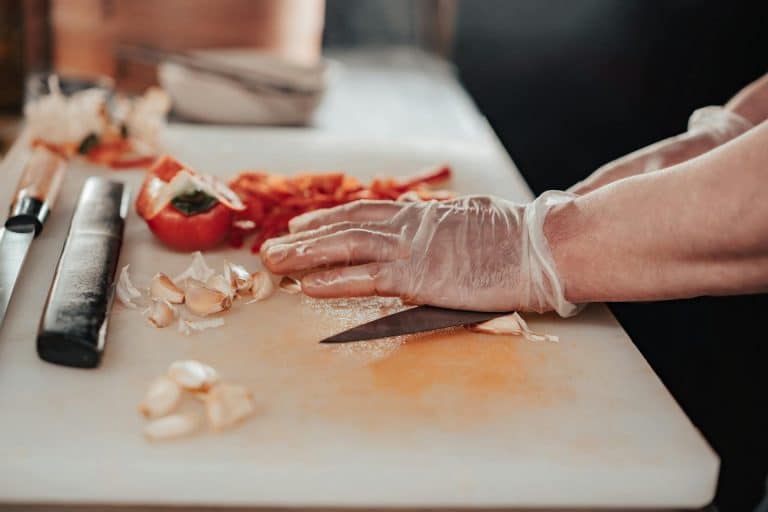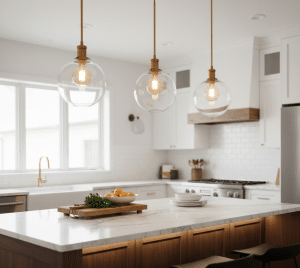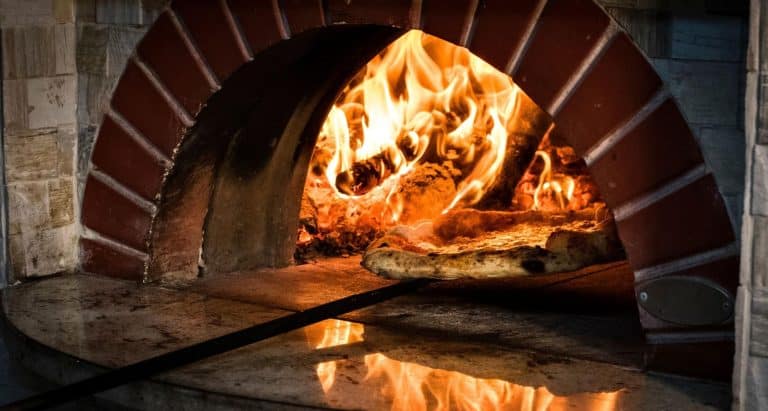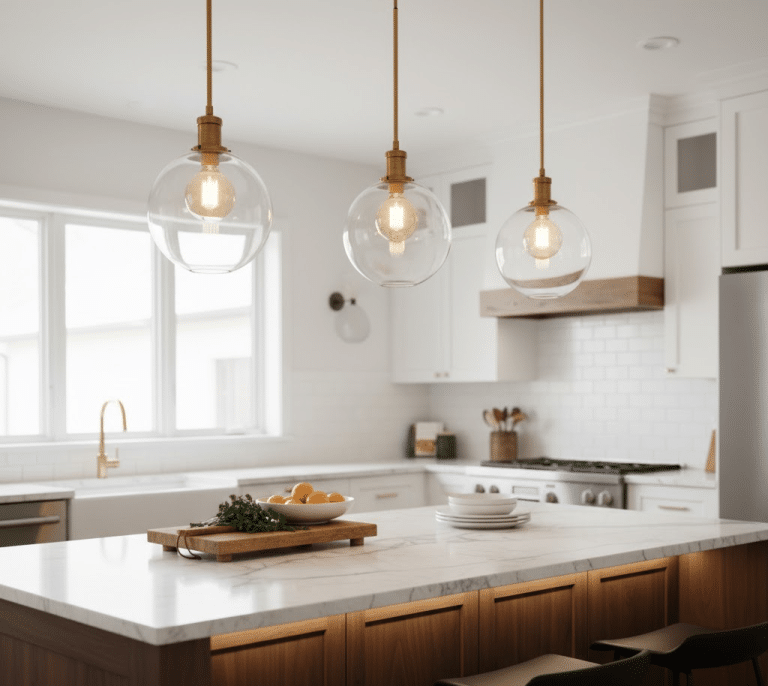Knife safety is essential for every kitchen.
We all have them and know how to use them, but despite their everyday presence, knives are one of the top sources of accidents at home. The truth is, most knife-related injuries are completely preventable with the right techniques.
Knife safety isn’t about being paranoid – that will only make things worse. Proper knife safety rules should focus on building habits that keep you confident, productive, and injury-free in the kitchen.
Here are five golden rules for kitchen knife safety at home:
1. Use The Right Knife
Knives aren’t one-size-fits-all tools.
Each knife is designed with a specific purpose, and while some of them are more versatile, you should always use the right one to make your time in the kitchen safer and more enjoyable.
For most home kitchens, all you need are the essentials. Four knives should cover all your needs – a chef’s knife, a paring knife, a bread knife, and a utility knife for bridging the gap between the paring and chef’s knives.
2. Stable Cutting Board
A wobbly, unstable cutting board is a recipe for disaster in the kitchen.
Every time your board shifts or slips under pressure, your knife can slide with it and end up cutting you. A stable cutting board keeps your knife work consistent and predictable.
You don’t need any special tools here; simply placing damp paper towels under the board will work. The moisture grips the countertop and anchors your board in place.
If you prefer an eco-friendly kitchen version, silicone baking mats work wonders.
3. Use a Whetstone
The number one rule for knife safety in the kitchen: always use a sharp blade.
A dull knife is more than just frustrating – it’s downright dangerous. When a blade loses its edge, you have to push harder, making slips more common.
One of the most effective safety habits you can pick up is learning how to use a whetstone.
Unlike a pull-through sharpener, a whetstone gives you control over the process. It allows you to sharpen the blade without removing too much of it, preserving the lifespan of the knife.
4. Stay Focused
Slicing, dicing, and chopping require precise concentration and good grip.
Unlike stirring sauces or whisking batters, wielding a sharp blade is not the time to be practicing your multitasking abilities. A split second of distraction can turn into a trip to the emergency room for stitches or worse.
Before getting stuck in, ensure your workspace is clear, your cutting board is secure, and your ingredients are prepped and ready to go.
5. Storage Tips
The last place for knives to be stored is in a cluttered drawer.
Proper knife storage isn’t just about organization – it’s about safety and longevity. Knives are precision tools, and like any good tool, they must be cared for and maintained.
Dumping them in a drawer with spatulas, scissors, and rogue carving forks is a sure-fire way to dull the blade. Worse, it significantly increases the chances of cutting yourself while digging around for some tongs.
For a minimalist look, magnetic wall strips are an effective choice. They save counter space and keep knives accessible.
In Conclusion
A kitchen knife is only as safe as the person holding it.
These five tips above aren’t complicated, but they are effective. By applying them, you can create a safe kitchen environment where accidents and hesitation become far less common.













